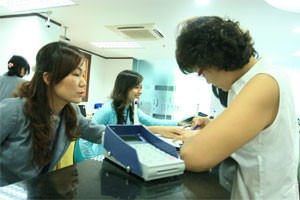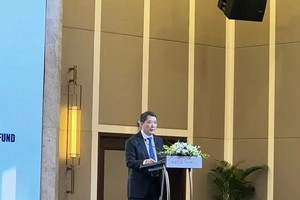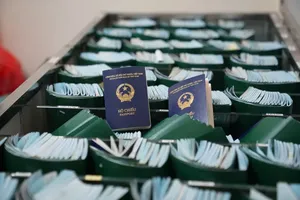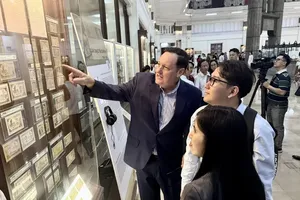Local commercial banks said they were considering on seeking medium- and long-term loans from foreign financial institutions as the competition for mobilizing capitals from domestic depositors among themselves were getting fiercer.

Statistics from the National Financial Supervisory Commission show the short-term credit of foreign-owned financial institutions has grown by an average of US$800 million per month so far this year.
Experts said the lending growth heavily relied on credit rating agencies including Moody’s Investors Service and Standard & Poor’s, who cut Vietnam’s credit rating in December with a negative outlook.
Moody’s, which rates the Southeast Asian country four levels below investment grade at B1, cited the risk of a balance of payments crisis and a drop in foreign reserves as inflation accelerates and the currency weakens. S&P has concerns over the Vietnam’s banking system and ranks the country at BB-, the third highest non-investment grade level.
The country’s gross foreign-exchange reserves fell to $12.4 billion by the end of 2010 from $14.1 billion in 2009 and $23 billion in 2008, the World Bank said in March.
Vietnam’s reserve/short-term debt ratio is getting worse as it increased to around 70 percent from 35 percent year-on-year in 2010. The rising rate leaves local commercial banks suffering high lending rates from foreign financial institutions.
Depositing interest rates of Vietnam was moving up on the foreign credit rating agencies, a deputy general director of DongA Bank, who asked to be unnamed, told Dau Tu Tai Chinh Newspaper.
“The lending rate of foreign financial institutions is always higher than the domestic rate. The saving rate on dollars of 3 percent per annum of local commercial banks will remain lower than foreign rates, even if we add extra fees of about 3.5-4 percent per annum into the domestic rate,” he noticed.
Financial experts expected that the dollar-dong exchange rate would hardly change in upcoming months due to a weakening Vietnam dong, which came from the rampant inflation, and the weakening greenback against other foreign currencies.
The central bank estimated the balance of international payment deficit amounted to around $2 billion, while the National Financial Supervisory Commission said the amount was more than $1 billion.
Analysts said despite the difference, the two figures showed that the balance of international payment was no under heavy pressures from the foreign exchange rate.
The State Bank of Vietnam capped foreign-currency deposit rates at 3 percent for individuals and at 1 percent for non- credit institutions last month. It also raised the amount of dollar deposits lenders must set aside as cash by 2 percentage points. Some small banks have been collecting as much as $15 million every day from customers wanting the dong, the government said on its website on April 27.













)

)








